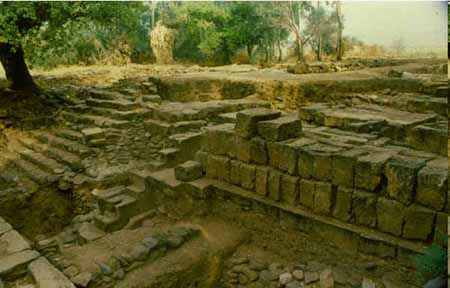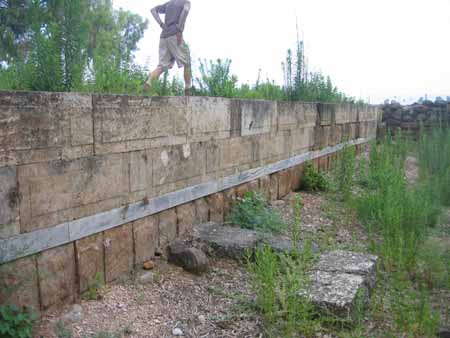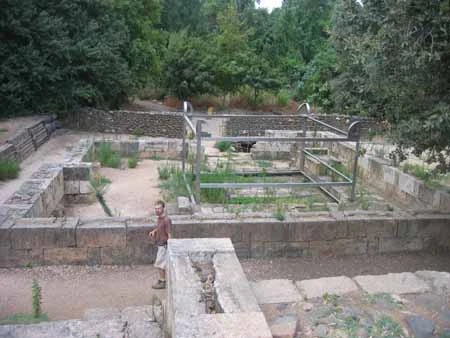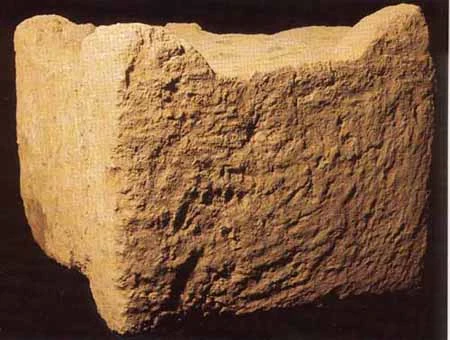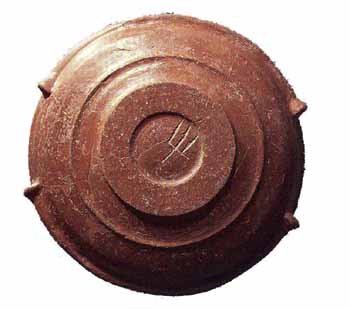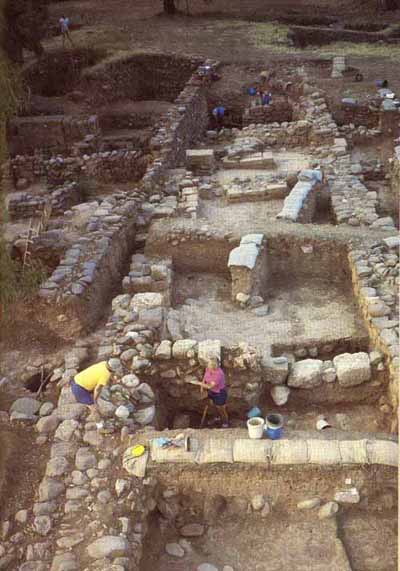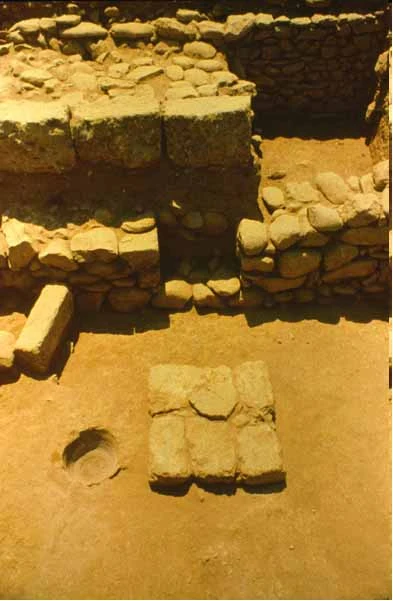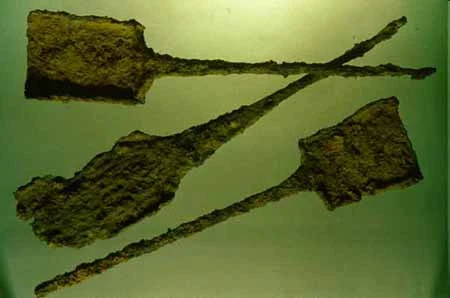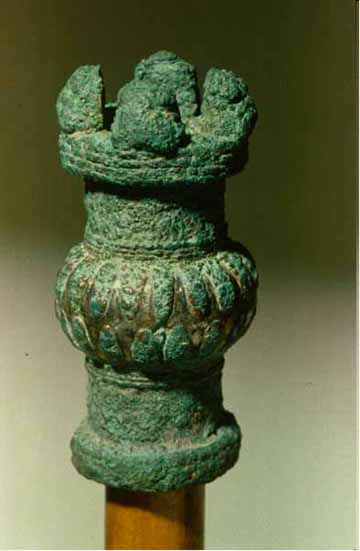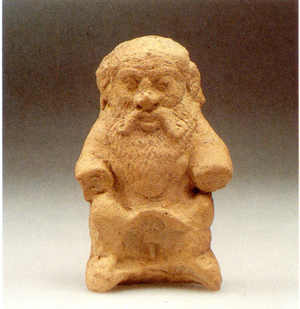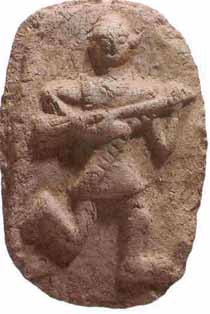With the destruction of the Solomon temple and subsequent construction of holy places on the Temple Mount in Jerusalem, the temple at Tel Dan is the only surviving monumental temple complex from the biblical kingdom of Israel. Although the temple features several phases of construction and adornment, the Hebrew Bible attributes its establishment to King Jeroboam I, who led the northern secession from Judah ca. 930 BCE to establish the independent kingdom of Israel. To prevent northerners from making pilgrimage to the temple in Jerusalem, we read in 2 Kings 12, Jeroboam built new temples at Bethel (on Israel’s southern border) and at Dan (on the northern border). At each of these shrines, he set up a golden bull calf, calling them Elohim, the gods who brought the Israelites out of Egypt. This appropriation of the Hebrew name for God and the Exodus tradition signified a savvy political attempt to construct a new national epic for the north centered around the resonant themes of the erstwhile United Monarchy. The Hebrew Bible, written from the perspective of scribes in Jerusalem, naturally did not take kindly to this political move. The biblical text frequently refers to this reinterpretation of the Exodus story the “sin of Jeroboam.”
Whatever its origins, the temple complex clearly did become renowned as an important place of worship and pilgrimage not only during the Israelite period, but long after as well. In the Hellenistic period, Dan still possessed a powerful religious attraction, best signified by the bilingual Greek-Aramaic inscription retrieved from the complex referring the the “god who is in Dan.”
Ruins of the dilapidated staircase leading to the so-called bamah (“high place”) shortly after its excavation.
“Then Jeroboam said to himself, ‘Now the kingdom may well revert to the house of David. If this people continues to go up to offer sacrifices in the house of the Lord at Jerusalem, the heart of this people will turn again to their master, King Rehoboam of Judah; they will kill me and return to King Rehoboam of Judah.’ So the king took counsel, and made two calves of gold. He said to the people, ‘You have gone up to Jerusalem long enough. Here are your gods, O Israel, who brought you up out of the land of Egypt.’ He set one in Bethel, and the other he put in Dan. And this thing became a sin, for the people went to worship before the one at Bethel and before the other as far as Dan. He also made houses* on high places, and appointed priests from among all the people, who were not Levites.” (1 Kings 12:26-31)
In a side view of the upper temple platform, one can clearly see the crisp, elegantly cut ashlar masonry. In a seismically active region, the architects left a thin horizontal crevice along the length of the platform where strips of wood could be placed to permit the structure some give during earthquakes.
A view of the lower complex from atop the upper platform shows the main altar area. Two surviving staircases on either side indicate that this was a tall structure. In the center are the remains of the foundation on which a giant horned altar once stood. Since only fragments of this altar survive, the Parks Authority has built a steel framed surrogate to give visitors an impression of the original’s placement and likely scale.
A smaller stone altar from the complex gives an idea of what the larger version may have looked like. Horned altars are not uncommon at Iron Age sites in Israel, with Megiddo, Beersheba, and Ekron producing similar examples. Such altars recall the story of Joab in 1 Kings 2, in which the former general seeks sanctuary from assassination by grasping the horns of the altar in Jerusalem. Things don’t work out for him, however.
A sacrificial bowl from the temple area was discovered with the bones of gazelles, goats and sheep still in it. The bottom of the bowl bears a strange trident-shaped character. Finds like these are a stirring reminder that this place once witnessed serious, visceral rituals conducted by reverential priests.
The eastern side of the complex featured a series of long rooms in which ritualistic activities were evidently performed. Here excavators toil to unearth the complex’s secrets.
One room in the eastern complex still housed a small altar and an incense installation. Discovered nearby were three iron spatulas or shovels used to sift the incense during burning.
Beneath the stone altar was a remarkable find indeed. A bronze and silver scepter head lay under the eighth-century altar, perfectly preserved. Did this belong to a royal scepter? A priestly scepter? Was it placed here intentionally as part of a ritual? Note the horns atop the object, which parallel the horns from the altars. Horns were a prominent iconographic marker of divinity in the ancient Near East.
Among other finds, two special objects appeared during excavations. The first is a figurine of the Egyptian god Bes. The second is a plaque representing a dancing figure of some kind.

